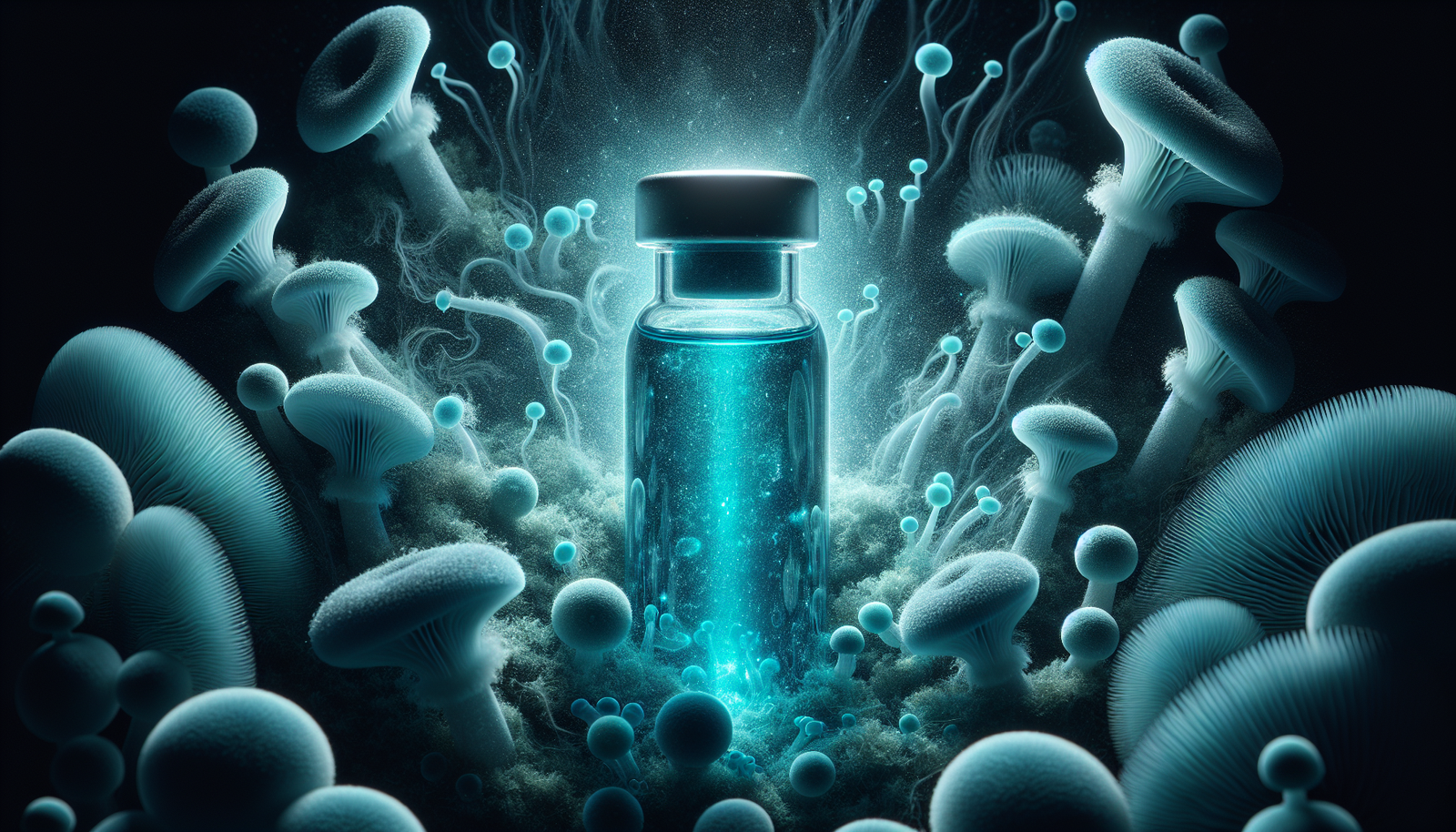
What if an ordinary dye could reshape the way we approach fungal infections? Recent research into the use of methylene blue, a synthetic compound with a storied past, may illustrate its potential in antifungal therapy. The implications of this research could be significant for tackling one of the most formidable challenges in medicine today.

Understanding Methylene Blue
Methylene blue is a compound that has historically been used for various medical purposes, including as a dye in histology and a treatment for methemoglobinemia. Its chemical properties—particularly its ability to act as a redox agent—lend it various potential applications in medicine.
Historical Uses of Methylene Blue
Originally synthesized in 1876, methylene blue has been employed for multiple applications throughout its history. From treating malaria to serving as an antiseptic, its versatility has garnered attention across various fields of medicine. However, as research has progressed, its role as an antifungal agent has emerged as a promising area.
Mechanism of Action
The mechanism through which methylene blue exhibits its antifungal properties involves its ability to produce reactive oxygen species (ROS) when exposed to light. These ROS can lead to oxidative stress in fungal cells, ultimately causing cell death. This action forms the basis for ongoing research into its effectiveness against various fungal pathogens.
Current Research on Methylene Blue and Fungal Infections
Recent studies have investigated the potential of methylene blue in treating fungal infections, with particular focus on its effectiveness against common pathogens such as Candida and Aspergillus species.
Efficacy Against Candida Species
A significant body of research has centered around methylene blue’s effectiveness against Candida species, which are notorious for causing infections in immunocompromised patients. Multiple studies have documented its ability to inhibit Candida growth in vitro, making it a candidate for further exploration in clinical settings.
In Vitro Studies
In vitro investigations have shown that methylene blue can significantly hinder the growth and viability of various Candida species. Concentrations as low as 1 to 5 µg/mL have demonstrated antifungal activity, suggesting that this dye could function effectively at low dosages, minimizing potential side effects.
Efficacy Against Aspergillus Species
Another area of interest is the potential of methylene blue against Aspergillus species, which can lead to severe respiratory infections. The resistance of Aspergillus species to conventional antifungal treatments necessitates exploring alternative options, making the investigation of methylene blue particularly relevant.
Case Studies
Several case studies have illustrated successful outcomes with the use of methylene blue in patients suffering from Aspergillus infections. These anecdotal reports highlight the compound’s promise and the necessity for larger, controlled studies to validate these findings.
Advantages of Methylene Blue in Antifungal Therapy
The advantages of methylene blue as an antifungal agent are multifaceted, from its mechanistic properties to its relative safety profile.
Low Cost and Availability
One of the most compelling aspects of methylene blue is its cost-effectiveness. Compared to many conventional antifungal treatments, methylene blue is significantly cheaper and widely available, which could enhance patient access to treatment.
Safety Profile
Research suggests that methylene blue has a favorable safety profile, particularly in comparison to more aggressive antifungal agents. This characteristic is essential when considering treatment for vulnerable populations, such as those undergoing chemotherapy or living with HIV.
Synergistic Effects with Other Antifungals
Emerging studies hint at potential synergistic effects when methylene blue is used in conjunction with other antifungal agents. By amplifying the effectiveness of existing treatments, methylene blue could enhance treatment protocols, providing a well-rounded approach to managing fungal infections.
Challenges in Implementing Methylene Blue as an Antifungal Treatment
While the benefits of methylene blue are promising, certain challenges must be addressed before it can gain widespread acceptance in clinical settings.
Limited Clinical Trials
Despite the strength of initial studies, there is still a scarcity of large-scale clinical trials examining the efficacy of methylene blue against fungal infections. More rigorous research is necessary to establish dosing guidelines, treatment protocols, and long-term outcomes.
Potential Side Effects
Although generally safe, methylene blue can cause side effects such as skin discoloration and gastrointestinal disturbances. Understanding and addressing these potential effects is paramount to ensuring that the benefits outweigh the risks for patients undergoing treatment.
Resistance Development
As with any antifungal agent, there is a concern regarding the potential for resistance development. Research is needed to determine whether prolonged use of methylene blue might lead to decreased susceptibility among fungal pathogens.

Future Directions in Research
As researchers continue to investigate methylene blue for its antifungal applications, several areas warrant closer scrutiny.
Combination Therapy Studies
Future studies could explore the benefits of combining methylene blue with established antifungal agents. By investigating this synergy, researchers might uncover new protocols that enhance patient outcomes.
Pharmacokinetics and Dosage Optimization
Optimizing the pharmacokinetics of methylene blue is crucial for maximizing its antifungal capabilities. Understanding the dosage, timing, and method of administration will allow clinicians to make informed decisions that benefit patients.
Expanding the Scope of Fungal Infections
Research should also extend beyond Candida and Aspergillus species to encompass a broader range of fungal pathogens. By evaluating methylene blue’s efficacy against various fungal infections, researchers can contribute to a more comprehensive understanding of its potential.
Conclusion: The Potential of Methylene Blue in Combatting Fungal Infections
The latest research into methylene blue holds promise as a novel approach to treating fungal infections. While further studies are essential to establish its efficacy, safety, and potential place in clinical practice, the historical use and emerging data surrounding this compound suggest that it could become a valuable asset in the fight against fungal diseases.
In an era where antifungal resistance is a growing concern, exploring innovative treatments like methylene blue is not just necessary but urgent. The implications of successful research could redefine antifungal therapy and improve patient outcomes, making it a focal point for future investigations.
As you consider the potential of methylene blue, remain informed about ongoing research and be open to the possibilities that lie ahead in this evolving field. This dye may just prove to be the key to unlocking new avenues in the treatment of fungal infections, highlighting the capacity for innovation in medicine.